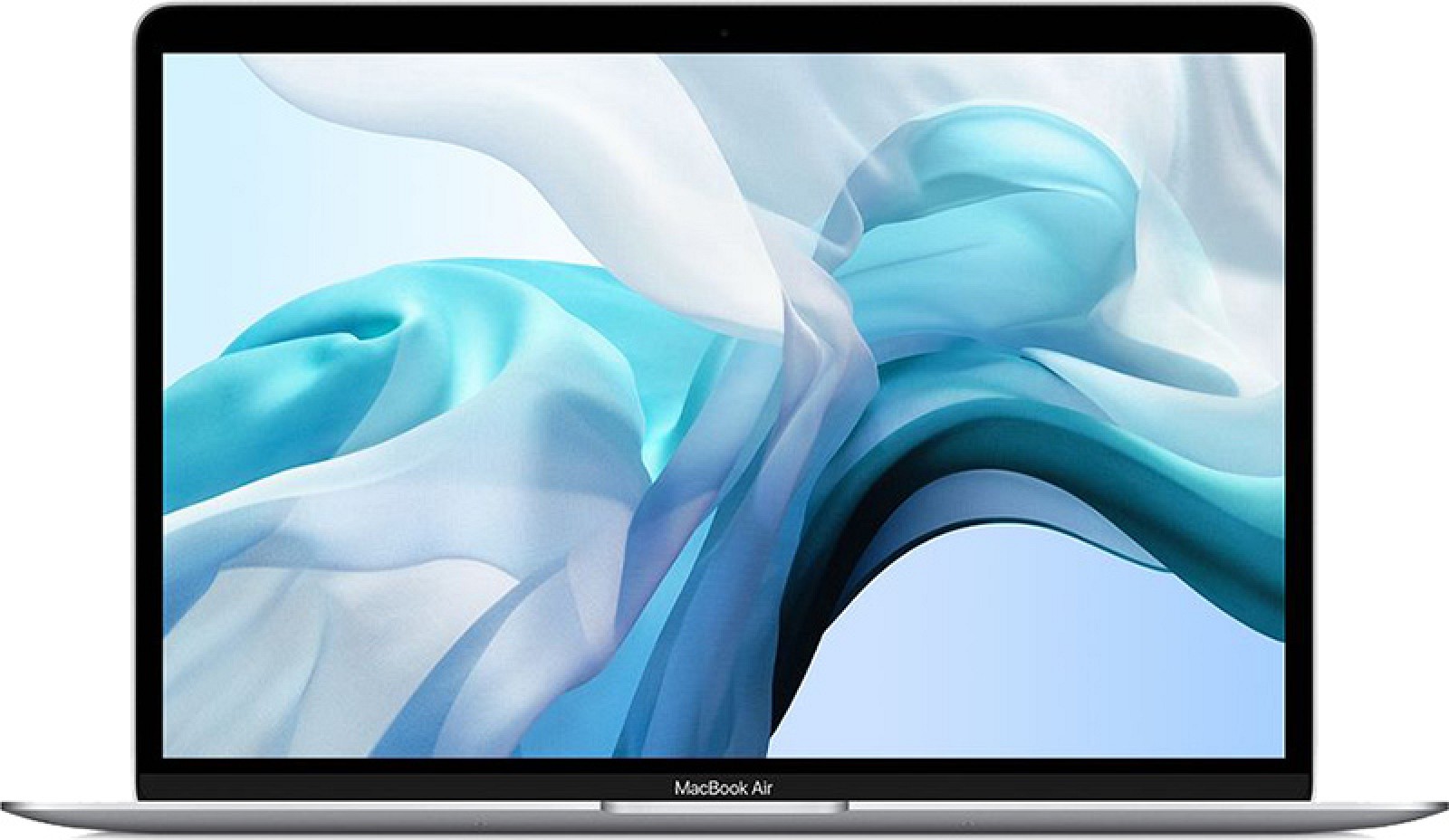Sixteen months in the past I wrote a eulogy, of a form for the MacE-book Air. My all-time favourite Apple laptop computer was a residing fossil, a non-Retina USB-A laptop computer in a sea of shiny new Apple tech. Apple had carried out a minor processor replace to maintain it on life assist and there have been rumors that one other one was within the offing. The lengthy goodbye was changing into limitless.
But one thing humorous occurred on the best way to the abattoir: The MacE-book Air not solely received a reprieve and a Retina improve, however with Tuesday’s replace to the Apple laptop computer line, it’s killed off each of its its putative replacements.
You come on the king, you finest not miss.
Pretenders to the throne
Part of the unlikely story of the MacE-book Air’s revival is Apple’s failure to create its alternative. When the 12-inch MacE-book was launched in 2015, it appeared like an apparent alternative. And in late 2016 the 13-inch MacE-book Pro shared many options with the Air. Yet each of these Mac fashions are gone, as of Tuesday. Why?
Apple discontinued the 13-inch MacE-book Pro with out Touch Bar.
Let’s take the simple one first. The 13-inch MacE-book Pro—not the one with the Touch Bar, the different one, the one outlined extra by what it lacked (a Touch Bar and two extra Thunderbolt Three ports) than what it had (an Escape key?), by no means made sense. It shared its identify with a very completely different and extra practical 13-inch MacE-book Pro. Yes, it used the identical class of Intel processor because the Air (only a later technology) and even roughly matched the Air in measurement and weight. But at $1,499, it value $500 greater than the MacE-book Air.
It’s gone now. Instead, the MacE-book Pro line is far clearer, as all 13-inch fashions have the Touch Bar and quad-core Intel processors. The solely actual legacy of the previous 13-inch MacE-book Pro mannequin is that a few of the cheaper 13-inch varieties nonetheless solely have two Thunderbolt Three ports.
Then there’s the 12-inch MacE-book. What a can of worms that product turned out to be. It was delightfully small and lightweight—my daughter completely loves hers—however it was nonetheless priced $300 greater than the MacE-book Air, and even with a later-in-life value reduce, it might by no means get it down below $1,000.
The 12-inch MacE-book made its debut in 2015.
Then there have been a few of the design choices, which could have been forgivable if Apple had ever tried to rectify them. The one-port design—and remember, the one port had for use to cost the MacE-book—was extraordinarily limiting, and it was USB-C, not the sooner Thunderbolt Three that each different Mac laptop computer adopted.
When the MacE-book arrived in 2015 I assumed that inside a 12 months or two, Apple would add a port and improve the entire thing to Thunderbolt 3. It by no means occurred, maybe as a result of the MacE-book was designed as an iPad-inspired fanless machine. I’m wondering if, on a smaller scale, the MacE-book story is much like the “trash-can” Mac Pro story—a product so restricted by its thermal capabilities that it might by no means actually develop into the product it deserved to be.
At some level in…
https://www.macworld.com/article/3407747/macbook-air-why-didnt-it-die.html#tk.rss_all
















